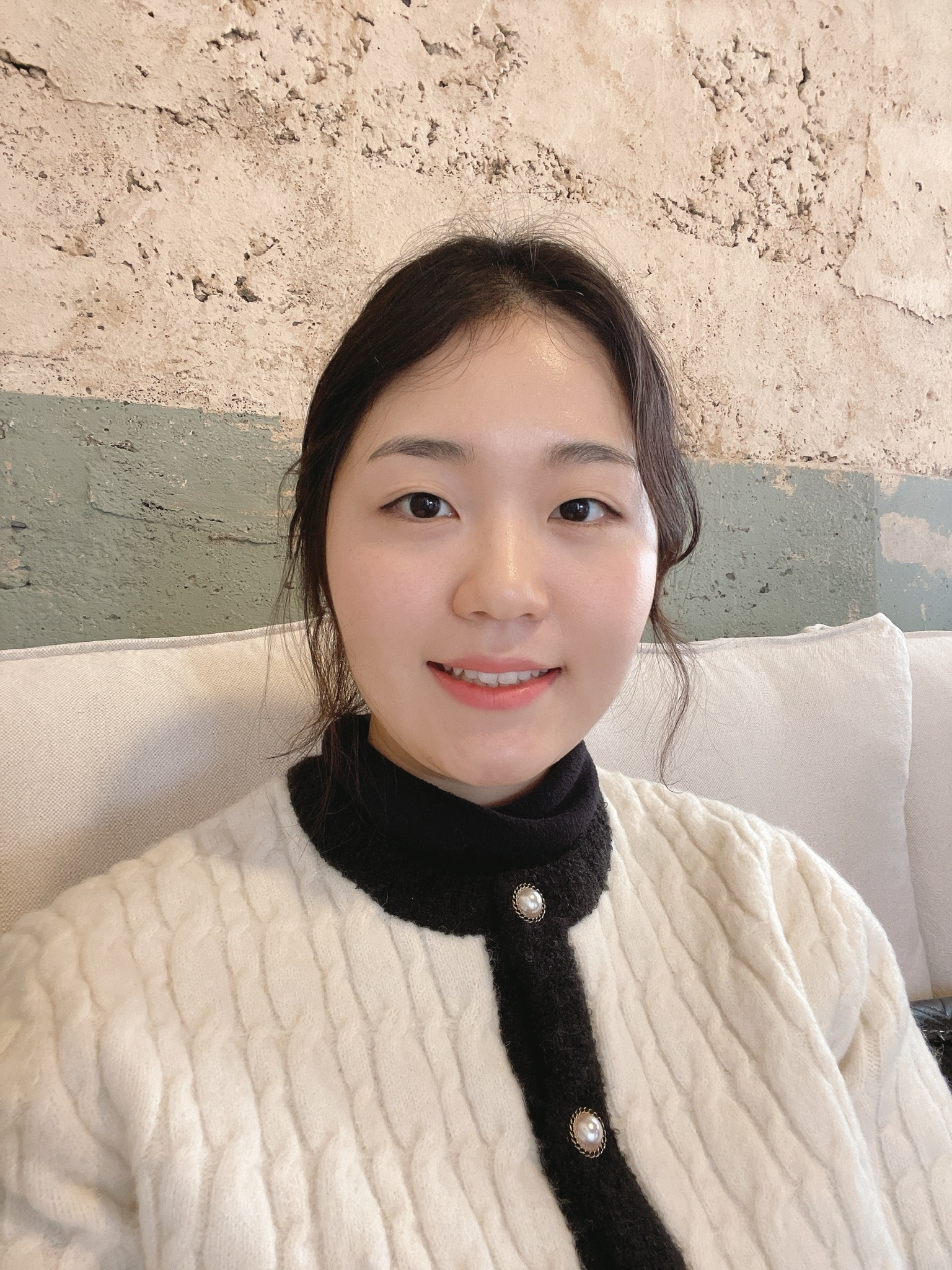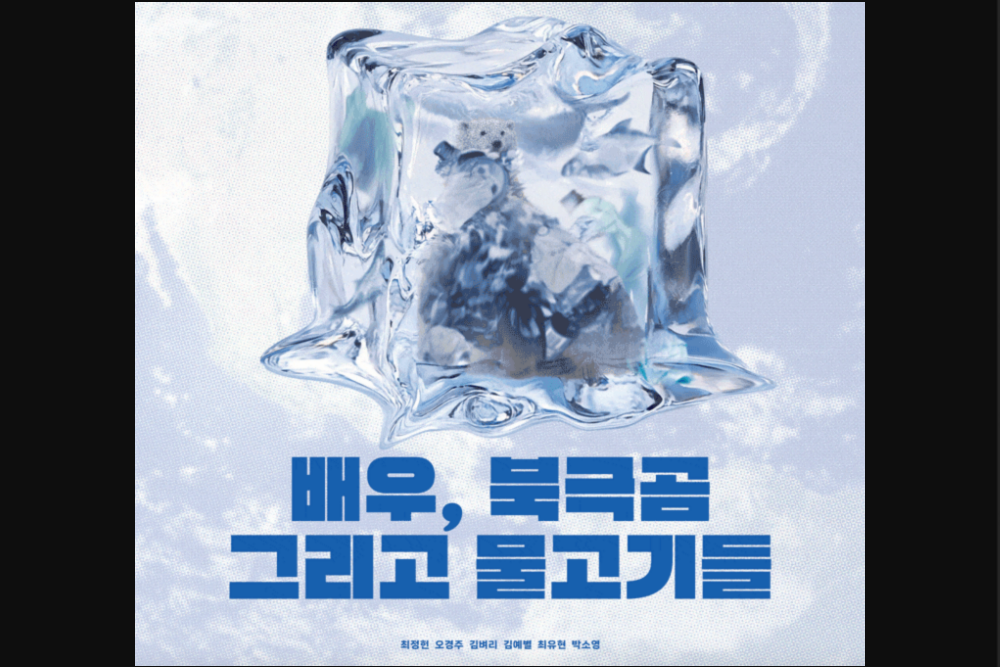This text is based on an interview with Geunhye Lim, director of the ARKO Art Center.
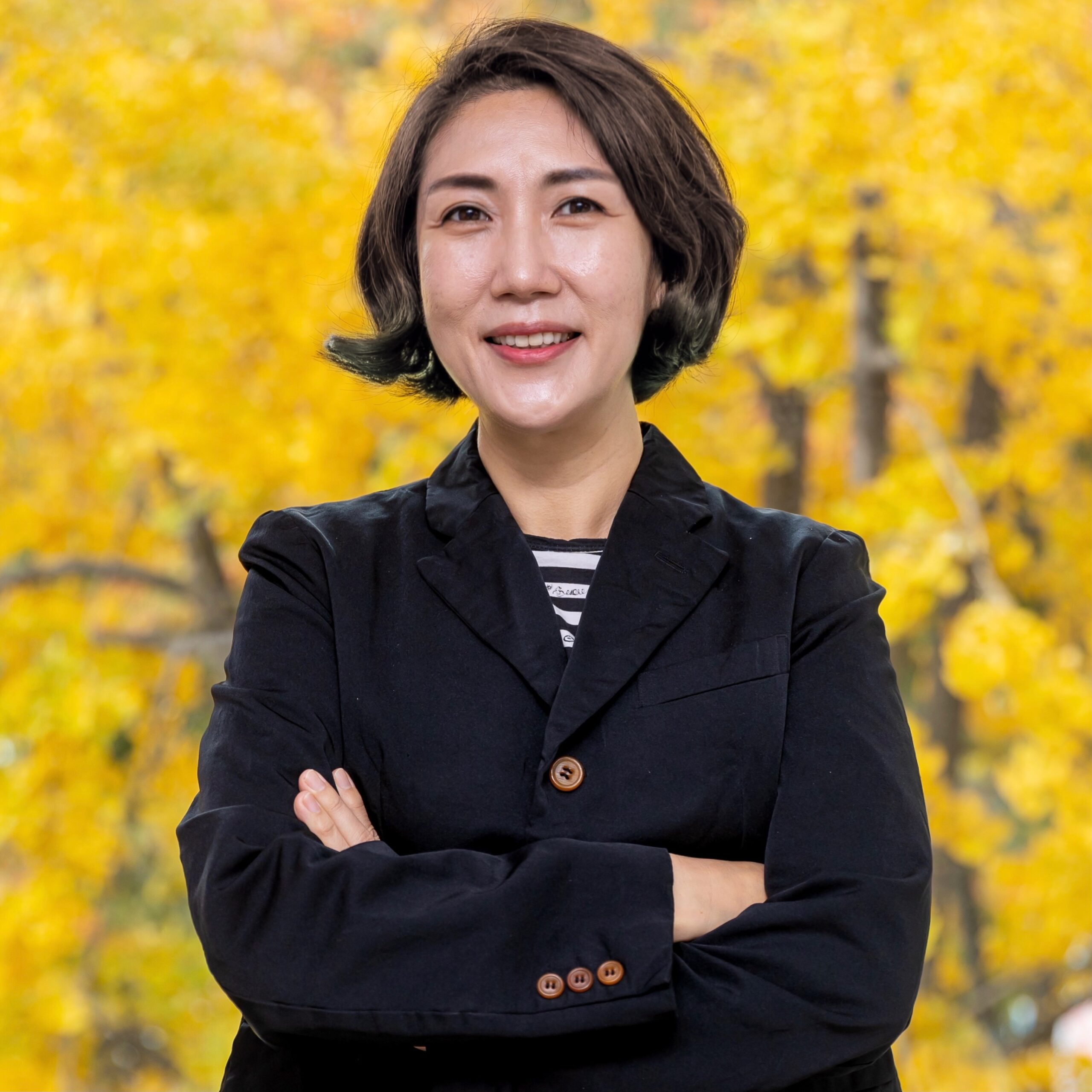
(Source: ARKO Art Center)
What was the motivation behind ARKO Art Center’s decision to transform into a sustainable art museum?
During the pandemic, the museum had to deal with prolonged closures and an unstable situation. Although Korea is relatively stable due to government funding, many overseas museums faced difficulties and had to close. Observing this situation made us consider what kind of response is necessary regarding the sensitive impact of climate change on museums. Additionally, with the increase in carbon emissions from artwork production and large museums, we felt a responsibility to address these issues and respond to the changing times. Artists also showed growing interest in carbon emissions, sustainable materials, and sustainable exhibitions. As awareness grew across various levels, interest naturally concentrated on responding to climate change. In 2022, together with the Samsung Foundation of Culture and the National Museum of Modern and Contemporary Art, we shared information about museums’ carbon emissions. Since then, we created a manual to work with artists and opened it up as a carbon-neutral model for small to medium-sized galleries to reference.
What was the reason behind ARKO creating a sustainability manual?
Recently, in the art world, projects have been carried out based on interdisciplinary collaboration with fields such as science and literature, as well as various genres. Under the motto that environmental issues and ecosystems must be actionable, museums have expanded into networks with academia and researchers, and I believe collaboration-based projects will continue to be important in the future. The reason for creating the sustainability manual is not limited to the art genre alone. The sensory experience, aesthetic attitudes, and changes in perception shown through exhibitions must lead to changes in everyday life. There was a consensus within ARKO that exhibitions have no meaning if they end simply as viewings, which led to the creation of a practical manual. I believe ARKO fulfills its role when its programs connect to everyday practice, influence the art ecosystem, and link to social change, creating long-term and sustainable impact. That’s why I think many people have taken an interest.
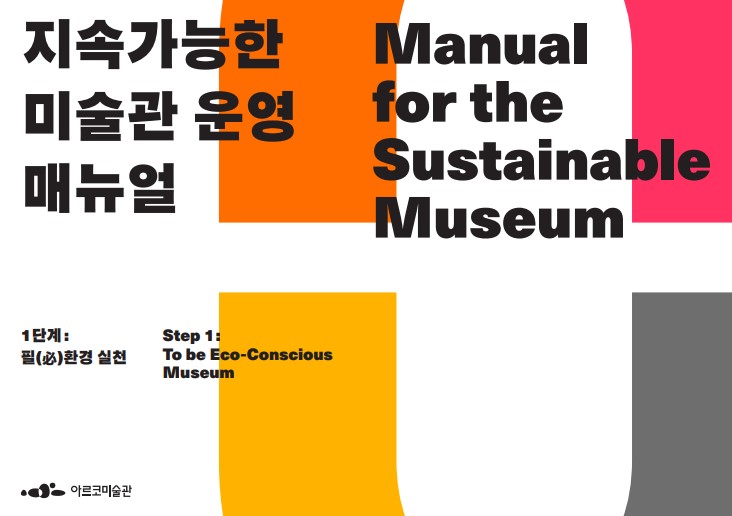
(출처: ARKO Art Center)
Was there any organization or group that helped in making the Manual for the Sustainable Museum?
During the pandemic, the International Council of Museums (ICOM) released survey information on carbon reduction in the form of a manual, which we referenced and adapted for the ARKO Art Center. We also used the CIMAM Toolkit (since 2022), which considers sustainability from social, economic, and environmental perspectives and aligns with the United Nations Sustainable Development Goals. Additionally, we referred to the Veganism Exhibition Manual (by a research-creation collective) and discussions from a previous workshop, working on these with our staff. We also collaborated with environmental professors, engaged with the researcher group “Listen to the City,” and consulted experts for validation. Since the manual’s release, practices such as reducing printed materials and waste and promoting recycling have become fundamental ethical attitudes at the museum.
It seems that designers might face limitations when applying the exhibition manual, and it could sometimes interfere with artistic activities. Have you encountered any such cases, and if so, how were they resolved?
Recently, there was an exhibition at another museum where the design was criticized for being excessive. Currently, ARKO Art Center is creating modular exhibition design elements so they can be reused. Whereas in the past the focus was on exhibitions with strong design capabilities, now the direction is shifting toward ethical design.

《Into the Rhythm: From Score to Contact Zone》 — Exhibition Production Structures and Screen Recycling
(Source: ARKO Art Center)

(Source: ARKO Art Center)
Among the 19 guidelines in the Manual for the Sustainable Museum, which one has proven to be the most effective?
The most visible change has been reducing the construction of temporary walls and exhibition setup work within the gallery. Although cutting back on furniture sometimes made the exhibitions look sparse, people actually appreciated this approach. Additionally, we have reduced paper print materials by more than 60% and provided QR codes so visitors can download and read materials digitally. This also offers accessibility for those with digital challenges while promoting recycling. Visitors to the museum have started to shift their perspective and show strong support for the museum’s sustainability efforts.
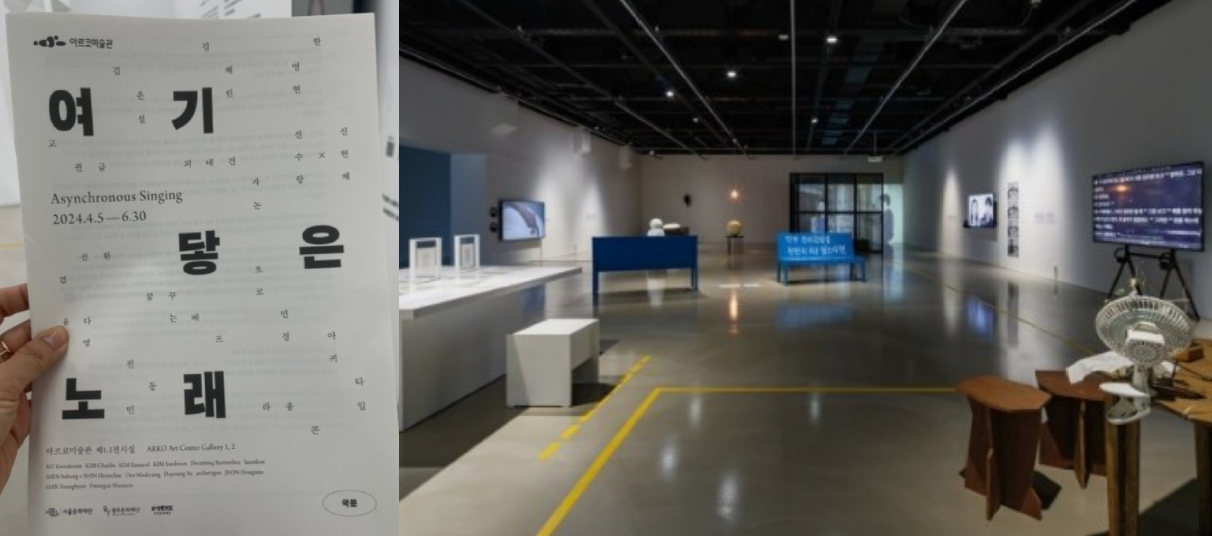
(Source: ARKO Art Center)
I found it interesting that the items used in the thematic exhibition were collected instead of discarded, allowing for resource recycling. What was the awareness or attitude toward recycling when sharing these items?
Instead of paying to dispose of waste, artists collect the waste generated from exhibitions, sort it themselves, and reuse it through different methods. Many companies specializing in this area have also emerged, and various efforts are underway to recycle exhibition materials by circulating them to children’s exhibitions or other shows. Additionally, the beauty of an exhibition is related to its lines, and visitors who come to see exhibitions are sensitive to ethical considerations.
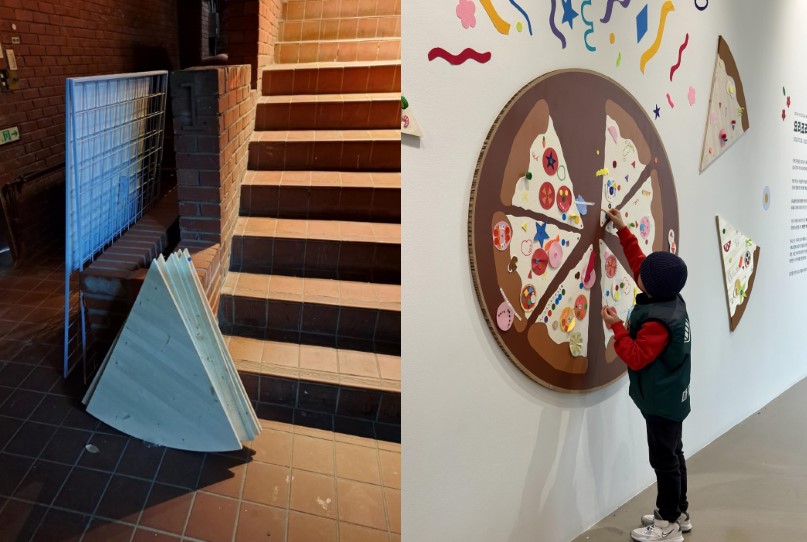
(Source: ARKO Art Center)
On the other hand, what challenges or difficulties have you faced in practicing carbon neutrality in museum exhibitions? What are your future plans to overcome these obstacles?
The more exhibitions we hold, the more waste is generated. People’s movement also produces carbon emissions, so during the pandemic, we reduced the number of exhibitions. Instead, we focused on researching a single exhibition in depth and displaying it for a longer period. However, this approach doesn’t always align with management goals or public access, which often value having many exhibitions and showcasing numerous artists to attract large audiences as success indicators. Unfortunately, there isn’t much consensus on this. When the National Museum of Modern and Contemporary Art conducted a carbon emissions project, the biggest contributor was people’s travel. Still, visitors gain emotional benefits and joy from experiencing exhibitions in person, so this value should be considered comparatively. To overcome these challenges, ARKO Art Center created the manual and is working hard to enhance the substantive value of exhibitions. For stronger justification and impact, we believe more thorough research and exhibitions that resonate with audiences are needed.
To reduce carbon emissions from transportation, there seem to be limitations in producing overseas artworks domestically. What measures are you considering to address this issue?
Due to the impact of COVID-19 and the Ukraine war, transportation costs have risen significantly, making overseas exhibitions more challenging. Therefore, whenever possible, we collaborate with artists to produce works locally to minimize both transportation and people’s movement. When physical travel is necessary, we ensure that it has meaningful purpose. Advances in Zoom meetings and exhibition simulation technologies have also helped reduce business trips by allowing remote discussions on artwork placement. Recently, for example, during the Venice Biennale Korean Pavilion exhibition, we used remote-controlled media displays operated via the internet.

(Source: ARKO Art Center’s Manual for the Sustainable Museum)
In terms of achieving carbon neutrality in the arts, what can the government or citizens—as museum visitors—do to contribute?
Visitors need to adopt a more ethical mindset. In fact, many aspects of attitude and perspective require no financial cost, but when it comes to areas that do require funding, the limitations are significant. We’ve made low-cost improvements, such as switching to water-saving devices and fully replacing lights with LED bulbs. However, for upgrades that require larger budgets, we’ve been unable to take action. ARKO Art Center was built in 1979, and although we’ve replaced the windows with more energy-efficient ones for better insulation, installing an elevator to improve accessibility would require major construction. For more effective renovation, government support is essential.
Many people are paying close attention to ARKO Art Center’s swift and proactive steps toward sustainability. What do you think has made this progress possible?
One of the key advantages was that ARK Art Center is a relatively small organization. With curators taking the lead in research and the practice of sustainable art, planning, exhibitions, and facility management could be more closely and organically connected. This allowed us to develop the manual more quickly, and we believe it became a useful model for small to mid-sized museums. Now, we see that many other museums are also actively implementing practices for sustainability. As for us, we are preparing for the next phase by conducting a mid-term review and updating our efforts accordingly.
Do you believe that the museum is still moving forward toward carbon neutrality? If so, what are your future goals or directions?
We firmly believe that achieving carbon neutrality is a necessity. The theme of the upcoming CIMAM conference in Los Angeles this December is the sustainable operation of museums. Even now, in the post-pandemic era, reducing carbon emissions remains a permanent and ongoing challenge. Following our focus on the environment, we are now working to evolve into a socially sustainable museum by preparing new manuals addressing accessibility and equality—building upon our existing “Essential Environment” initiative. As a support institution, we aim to act like a mother tree within the ecosystem, leveraging our 50-year museum network to support generational shifts among artists and the emergence of new values. We feel a strong sense of responsibility in helping expand and deepen these values.

(Source: Related image of CIMAM, Tours and Activities for CIMAM 2024 Annual Conference)
Suggested Reading



